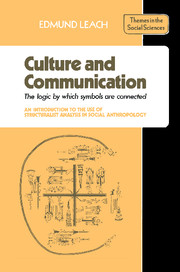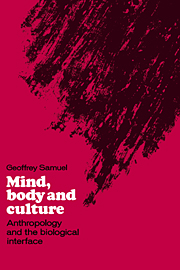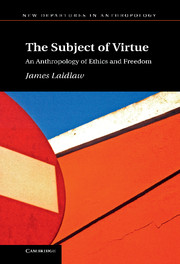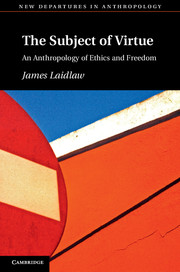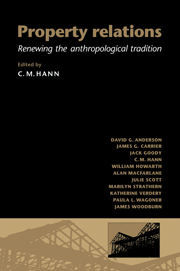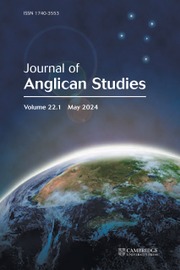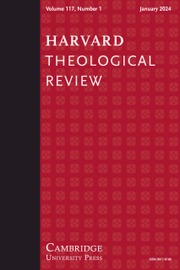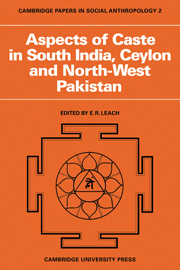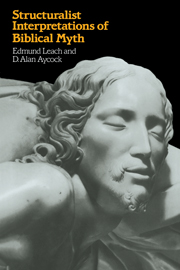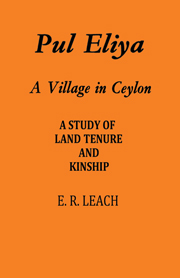Culture and Communication
Edmund Leach's book investigates the writings of 'structuralists,' and their different theories: the general incest theory and of animal sacrifice. This book is designed for the use of teaching undergraduates in anthropology, linguistics, literary studies, philosophy and related disciplines faced with structuralist argument. It provides the prolegomena necessary to understand the final chapter of Levi-Strauss's massive four-volume Mythologiques. Some prior knowledge of anthropological literature is useful but not essential. The principal ethnographic source is the Book of Leviticus; this guide should help anyone who is trying to grasp the essentials of 'seminology' - the general theory of how signs and symbols come to convey meaning. The author's core thesis is that: 'the indices in non-verbal communication systems, like the sound elements in spoken language, do not have meaning as isolates, but only as members of set'; the book's special merit is that it makes this kind of jargon comprehensible in terms of our everyday experience.
Product details
May 1976Paperback
9780521290524
116 pages
229 × 153 × 12 mm
0.19kg
Available
Table of Contents
- Introduction
- 1. Empiricists and rationalists: economic transactions and acts of communication
- 2. Problems of terminology
- 3. Objects, sense-images, concepts
- 4. Signals and indices
- 5. Transformations
- 6. Theories of magic and sorcery
- 7. The symbolic ordering of a man-made world: boundaries of social space and time
- 8. The material representation of abstract ideas: ritual condensation
- 9. Orchestral performance as a metaphor for ritual sequence
- 10. The physiological basis of sign/symbol sets
- 11. Mapping: time and space as reciprocal representations
- 12. Rank order and orientation
- 13. Examples of binary coding
- 14. Mating prescriptions and proscriptions
- 15. Logic and mytho-logic
- 16. Basic cosmology
- 17. Rites of transition (rites de passage)
- 18. The logic of sacrifice
- 19. Conclusion
- Bibliography
- Index.

